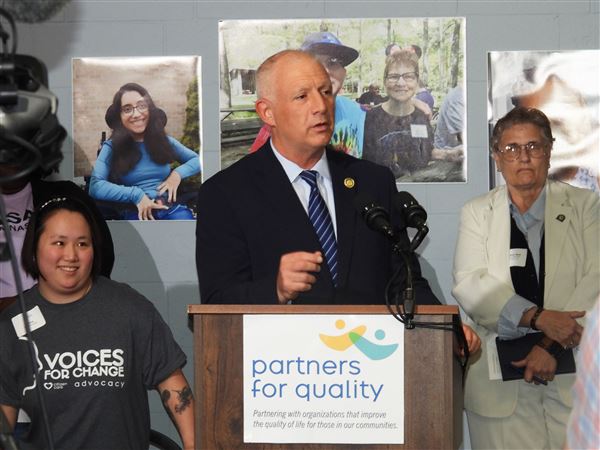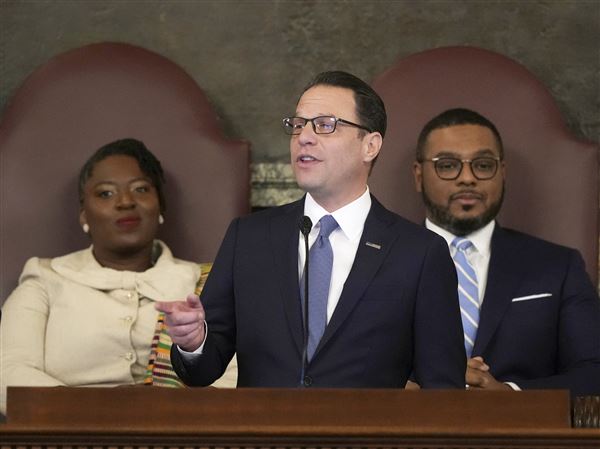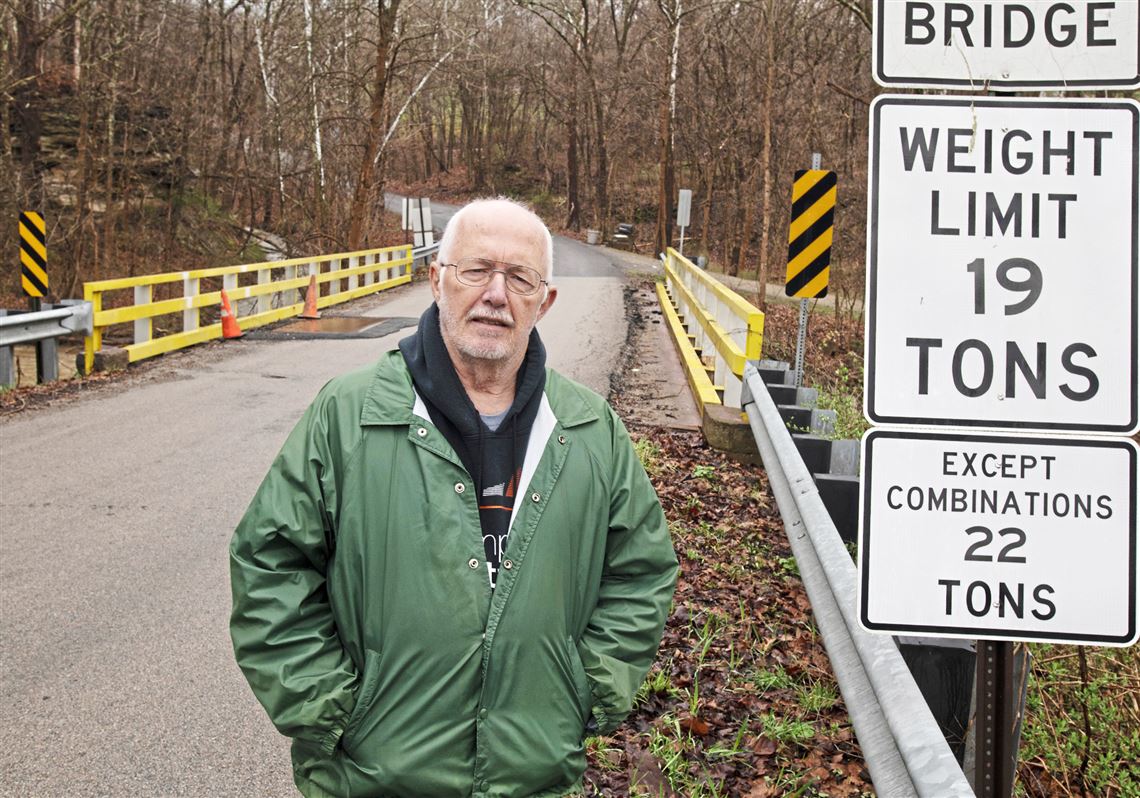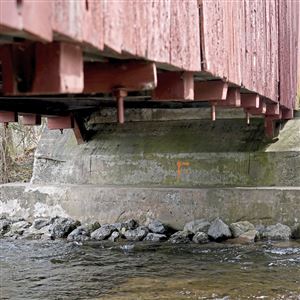Despite the Pennsylvania Department of Transportation's decision to keep bridge inspection reports and notes of those reviews from public view, the Post-Gazette is publishing the notes in a searchable database for more than 22,000 bridges.
One reason the news organization decided to disclose the information is to add to the public’s understanding of the backlog of bridges that are rated “poor” across the state — more than 3,000.
The Post-Gazette’s decision was also driven by the fact that three nearby states — Maryland, New York and Ohio — make the reports fully available upon request.
"The public has a right to this critically important information,” said Stan Wischnowski, the Post-Gazette’s executive editor, adding that revealing the conditions of the bridges “ensures a more informed public and promotes a sense of transparency the citizens of the Commonwealth richly deserve.”
In addition to the inspection notes, Pennsylvania officials say they are prohibited from releasing the full inspection reports, which include even more detailed narratives than those provided in the memos.
Cheryl Moon-Sirianni, the longtime executive for PennDOT District 11, which includes Allegheny County, explained why the state should not release those records to the public:
“Not everybody can read an inspection report, and they will glean some information from there, and possibly run with it, that’s not true. We would hope that you would rely on us to let you know when there is definitely a critical need that we would shut the bridge down, and we’d explain why.”
She also cited the potential of terrorist attacks on the bridges in the event any weaknesses of the spans are divulged.
Brant Houston, the Knight Chair in Investigative and Enterprise Reporting at the University of Illinois, said he disagreed with the state's position, citing similar action taken by government agencies in the wake of the deadly Minneapolis bridge collapse in 2007 and the 9/11 terrorist attacks. Too often, he said, it became a tactic for simply withholding information that the public had a right to know.
“There’s been a bridge collapse. People are concerned. They want to know how things stand," he said. ”The argument that the public is not wise enough to figure it out, or journalists aren’t wise enough to explain it is really a poor excuse for closing off information."
He noted that the data obtained by the Post-Gazette was once available on the state's website and then taken down after PennDOT officials were informed of their own disclosures.
“To take [the notes] down and say you can’t have them is really not responsible,” he said. “The responsible thing for public officials to do is explain what those mean.”
In creating a searchable database, the Post-Gazette also consulted with several engineering experts who work with bridge inspection reports and said there was nothing in the documents that needed to be concealed.
“I don’t know that these notes make a bridge more susceptible to attack,” said Roberto Leon, a professor of civil and environmental engineering at Virginia Tech. “If this is a security issue, how long has [the notes section] been out there?”
Like Mr. Leon, Hota GangaRao, an engineering professor and director of the Constructed Facilities Center at West Virginia University, viewed a sampling of the notes from several poor bridges in Pennsylvania and said he was struck by the conditions.
“The notes are damaging to the government because they describe in detail the state of disrepair of the bridges,” he said. “People would be right to ask: Why are they procrastinating to repair this bridge for so long? Why have they neglected it for so long?”
“I personally don’t feel that the notes should be hidden,” he said. “The public in my opinion should see these four to five lines of notes. It would inform the public.”
Sean D. Hamill: shamill@post-gazette.com or 412-263-2579 or Twitter: @SeanDHamill
First Published: April 22, 2022, 4:30 p.m.


















